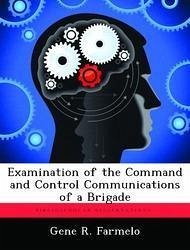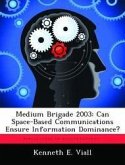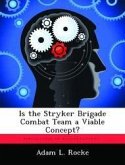This research examines the communications system of a mechanized infantry brigade. At brigade, the primary means of communications is the tactical FM radio. However, on a modern battlefield there is a clear and present threat to the use of FM radio. The threat stems from electronic warfare techniques which an enemy can employ; and, electromagnetic pulse, a phenomenon associated with nuclear detonations. If a brigade commander loses the use of FM radio, he will be forced to employ an alternate means of communications for command and control communications. Consequently a primary focus of this research was to determine if there are shortcomings in the use of an alternate means of communications and to recommend ways to rectify the shortcomings discovered. The evaluation of the alternate means of communications at brigade included a detailed review of applicable field manuals to determine what guidance is provided by current tactical communications doctrine. Likewise the brigade's training programs, tests and exercises were reviewed to determine if the necessary emphasis is being placed on being able to function on a modern battlefield when employing an alternate means of communications. Also the military education which is provided the combat arms officers who will be using this system was reviewed. Another important facet of this research involved the designing and administering of a test which determines the awareness and preferences of combat officers for an alternate means of communications. The test is explained as well as the results of administering the tests to selected combat arms officers of the CGSC class of 1974-75.
Hinweis: Dieser Artikel kann nur an eine deutsche Lieferadresse ausgeliefert werden.
Hinweis: Dieser Artikel kann nur an eine deutsche Lieferadresse ausgeliefert werden.








